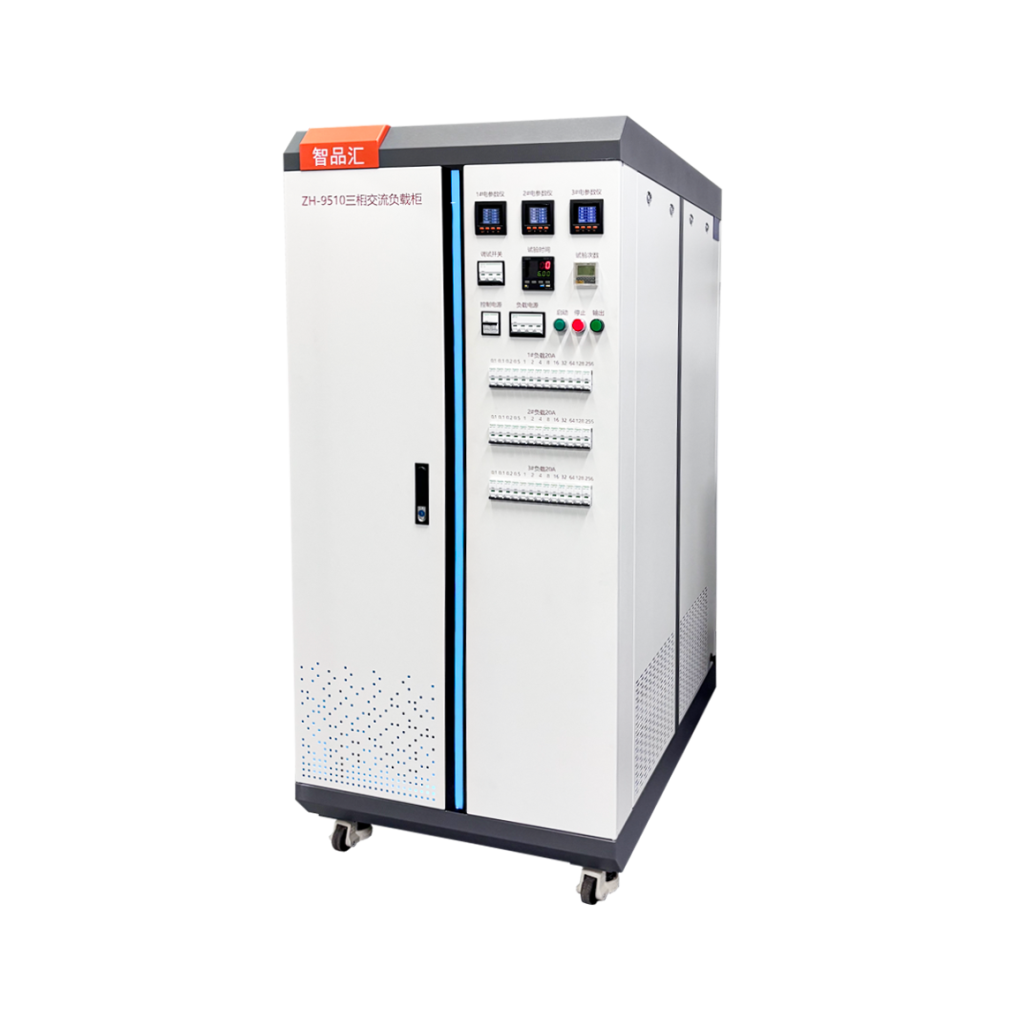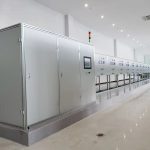When household appliances operate, heat is inevitably generated due to the energy conversion of current flowing through conductors and electronic components, causing the temperature to rise. If the temperature rises sufficiently, it can cause a variety of problems. From a safety perspective, excessively high temperatures can cause insulation materials to age and fail, leading to short circuits, leakage, and even fires in severe cases. From a performance perspective, excessively high temperatures can affect the stability and lifespan of electronic components. For example, overheating a motor can reduce its speed and output power, affecting normal operation of the device. Therefore, temperature rise testing is a key measure to ensure the safe and reliable operation of household appliances. The introduction of IEC standards has further improved the standardization and universality of testing.
Test Objects and Standards (Focus on IEC Standards)
Household appliance temperature rise testing targets all key components of the device, including but not limited to power cords, plugs, switches, motors, heating elements, and control panels. Different components have different temperature limits, which are established in accordance with relevant national and international standards.
IEC standards are highly authoritative in the global household appliance sector. The IEC 60335 series of standards, specifically for household and similar electrical appliances, provides detailed and rigorous regulations for temperature rise testing. These standards are based on different types of household appliances, such as IEC 60335-1, “Household and Similar Electrical Appliances — Safety — Part 1: General Requirements,” which serves as the foundation. Subsequent standards for specific products include IEC 60335-2-11, “Household and Similar Electrical Appliances — Safety — Part 2-11: Particular Requirements for Ovens, Toasters, and Similar Appliances.”
IEC standards determine temperature rise limits based on component materials, functions, and the environment in which they operate. For example, for non-metallic housings, the temperature rise limit is typically lower to prevent deformation or the release of hazardous substances due to high temperatures. For heat-generating components like motor windings, the limit is set based on their insulation class. For example, motor windings with Class A insulation have a relatively low temperature rise limit, while those with Class H insulation can withstand higher temperature rises. These detailed regulations ensure that household appliances produced in different countries and regions have a unified measurement standard for temperature rise testing, facilitating the international trade and circulation of products.
Our company offers specialized temperature-rise testing equipment for household appliances and their components, including connector thermal cycling temperature-rise testing, suitable for high-current temperature rise testing of wiring harnesses, cables, connectors, charging cables, and other devices. We also have specialized temperature-rise load test cabinets for circuit breakers, plugs and sockets, relays, contactors, and more. For more information, please contact us. We look forward to hearing from you.





